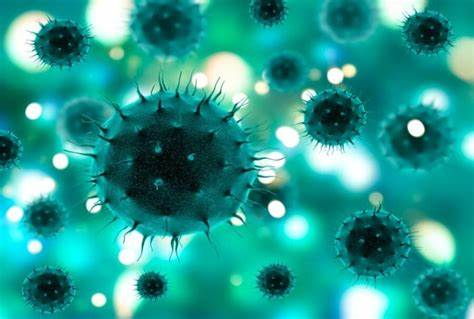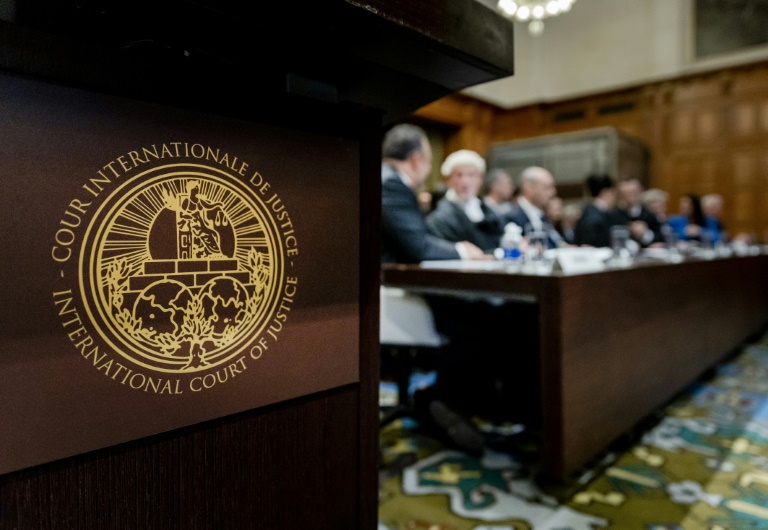In a world grappling with pandemic uncertainties, a new threat looms on the horizon. Scientists have raised alarms about the possibility of a viral pandemic originating from the thawing permafrost in the Arctic. The focus is on ancient viruses, ominously dubbed ‘zombie viruses,’ which have been preserved in permafrost for thousands of years.
What are Zombie Viruses?
These Methuselah microbes, frozen for nearly 48,500 years, have caught the attention of the scientific community due to the risks associated with their release. Researchers have long isolated these potentially dangerous viruses as a precautionary measure, anticipating their potential to trigger a medical emergency.
The Guardian reports that geneticist Jean-Michel Claverie of Aix-Marseille University emphasizes the oversight in pandemic threat analysis, stating, “Little attention has been given to an outbreak that might emerge in the far north and then travel south.” Claverie points out the potential danger of viruses in the Arctic, capable of infecting humans and sparking a new disease outbreak.
Understanding Permafrost: A Frozen Time Capsule
Permafrost refers to soil or underwater sediment that remains consistently frozen, predominantly below -0 degrees Celsius. Covering approximately one-fifth of the northern hemisphere for centuries, permafrost is undergoing significant changes due to the accelerated effects of global warming and climate change.
In 2014, a team of scientists led by Claverie isolated viruses in Siberia from permafrost, demonstrating their ability to infect single-cell organisms even after millennia of burial. Recent research highlights the discovery of various viral strains from seven different sites in Siberia, including a 48,500-year-old virus sample.
Scientists speculate that deeper layers of permafrost may harbor viruses dating back up to a million years, surpassing the age of our own species, believed to have emerged around 300,000 years ago.
Uncovering Ancient Threats: Risks to Human Health
While the isolated viruses have shown no immediate risk to humans, researchers caution against complacency. Claverie explains, “Our immune systems may have never been in contact with some of those microbes, and that is another worry.” The potential for ancient viruses to infect humans remains a real possibility.
Claverie concludes, “The viruses we isolated were only able to infect amoebae and posed no risk to humans. However, that does not mean that other viruses currently frozen in the permafrost might not be able to trigger illnesses in humans.” Genomic traces of poxviruses and herpesviruses, known human pathogens, have been identified, raising concerns about the unknown threats lurking in the Arctic ice.
As the Arctic permafrost continues to thaw, scientists worldwide are closely monitoring the situation, recognizing the need for comprehensive research and preparedness to safeguard against the emergence of ancient pathogens that could pose a threat to global health.







